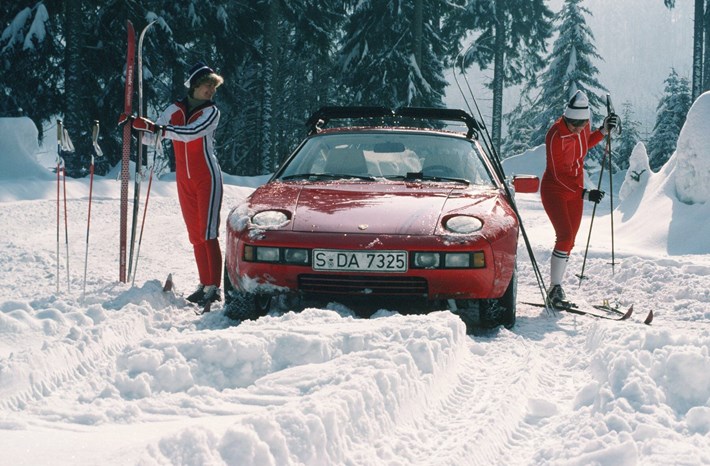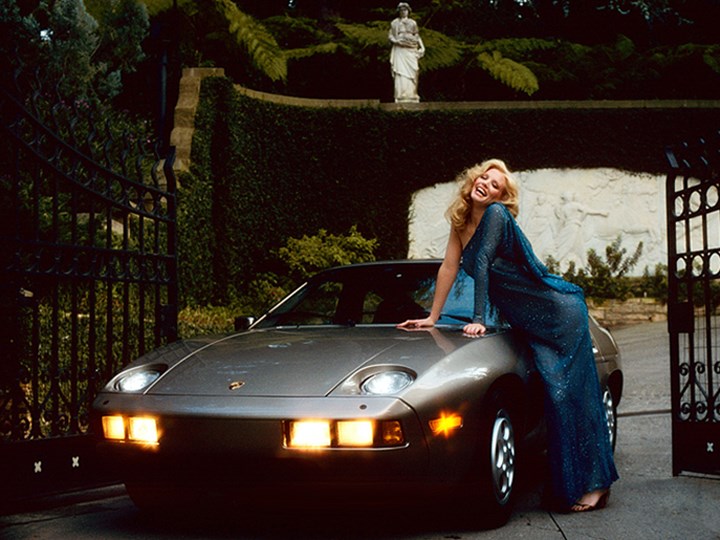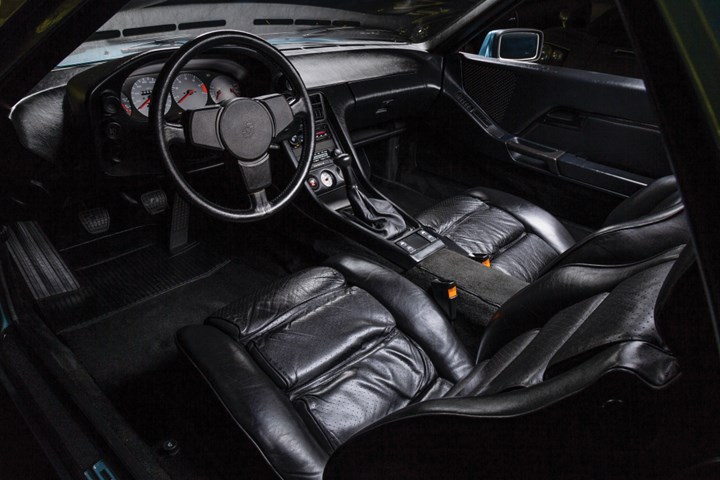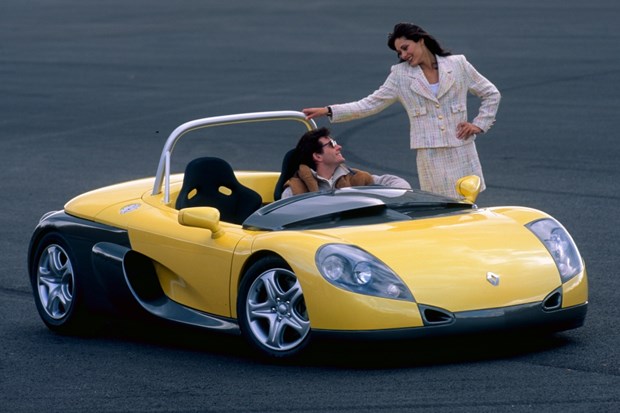
With the mission of succeeding the legendary 911, the 928 offered radically different architecture and great interior space. Although not everything went according to plan, the model nevertheless enjoyed a long career.
In 1977, Porsche unveiled the 928, a model that was a radical departure from Porsche tradition. Its ambition? To replace the 911 as a top-of-the-range grand tourer. With its front V8 engine, rear-mounted transmission and atypical design, the 928 was one of the most controversial Porsches in history.

Rupture
In the 1970s, the 911, with its rear overhang engine, was criticised internally. Ferry Porsche himself doubted its durability, and the company sought to replace it with a more modern and balanced GT. Rather than relying on the historic flat-six engine, the 928 was fitted with a front-mounted V8, a first for the brand.
Another revolution was the design by Anatole Lapine. The car adopted a slender silhouette, with round retractable headlamps and a plunging tailgate. Its aluminium chassis and transaxle architecture (engine at the front, transaxle at the rear) ensured ideal weight distribution, unlike the 911, which was considered too oversteer.

Exceptional GT
Porsche went to great lengths to make the 928 an exceptional GT. Its 4.5-litre V8 developed an impressive 240 bhp for its time. The interior was refined, with folding rear seats and a driver-facing cockpit.
It also broke new technical ground with Weissach rear suspension arms, designed to improve stability at high speeds. Combined with sophisticated suspension, they make the 928 an extremely well-balanced car, perfect for long distances.

Encouraging start, but difficult positioning
As soon as it was launched, the 928 was acclaimed by the press. It even won the title of Car of the Year 1978, a first for a sports car. However, it struggled to win over the brand's purists. Its high weight (nearly 1,450 kg) and more subdued handling than the 911 unsettled thrill-seekers.
The target audience is also hard to convince: Porsche fans want a pure sports car, while luxury GT enthusiasts prefer brands like Jaguar or Mercedes.

Constant evolution
In response to this criticism, Porsche developed the 928 over the years. In 1980, the 928 S was launched with a 300 bhp 4.7L V8. It gained in power and driving pleasure. In 1987, the 928 S4 was equipped with a 320 bhp 5.0L V8, improved aerodynamics and enhanced performance. Two years later, the 928 GTS arrived on the market. Its V8 was sharpened and it was fitted with a manual gearbox. Finally, in 1992, Porsche presented the 928 GTS, whose engine was re-bored to 5.4 litres. As well as developing 350 bhp, this version was characterised by its modernised design with widened wings and special wheels. With these changes, the 928 became a true prestige GT, capable of reaching 275 km/h on the latest versions.

A commercial failure but...
Despite its qualities, the 928 never managed to dethrone the 911. Between 1977 and 1995, 61,000 examples were produced, a modest figure compared to the 911. Porsche eventually abandoned the idea of a replacement and refocused on its flagship models. Today, the 928 is enjoying renewed interest from collectors. Its most powerful versions, notably the GTS, have seen their value rise. Its atypical design and performance make it a unique icon in the history of Porsche.
While the 928 did not replace the 911, it did influence the development of modern GT cars. Its transaxle architecture served as the basis for models such as the Porsche Panamera, and its V8 paved the way for front-engined Porsches. Today, it remains one of the most original Porsches ever produced, a car which, despite its commercial failure, has left a lasting impression and continues to fascinate enthusiasts.
















